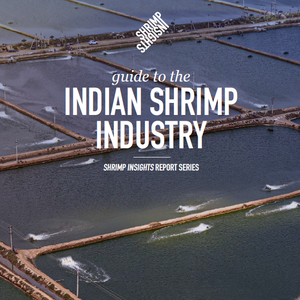Nearly 25,000 species of fish live on our planet, and a University of Washington professor wants to scan and digitize them all.
That means each species will soon have a high-resolution, 3-D visual replica online, available to all and downloadable for free. “These scans are transforming the way we think about 3-D data and accessibility,” said Adam Summers, a UW professor of biology and aquatic and fishery sciences who is spearheading the project.
Summers, who is based at the UW’s Friday Harbor Laboratories, uses a small computerized tomography (CT) scanner that works like a standard CT scanner used in hospitals: A series of X-ray images is taken from different angles, then combined using computer processing to create three-dimensional images of the skeleton.
The goal is to make it possible for scientists to examine the morphology of a particular species, or try to understand why a group of fish all have similar physical characteristics such as bony head “armor” or the ability to burrow into the sand.
Students, postdoctoral researchers and professors from around the world have taken Summers up on the offer and come to the labs on San Juan Island to scan their favorite specimens. They also send boxes of fish specimens in the mail for Summers’ lab to scan and post online. Fish from museum collections are trackable with numbers, and the online database now houses scans of fish from the UW’s Burke Museum of Natural History and Culture, the National Academy of Sciences in Philadelphia, Ohio State University, Western Australian Museum and many others.
Most scientists using the 3-D fish data appear to be interested in measuring morphology — the length of a particular bone, for example — or looking for an aspect of anatomy never seen before. The scans allow you to zoom in digitally at many different angles, or print life-sized or larger plastic replicas of a fish.
“The way transformative ideas do, these just instantly changed the way we think about scanning specimens,” Summers said. “We went from, ‘Is this possible?’ to scanning whole series of fishes quickly.”
So far about 515 species have been scanned and many are posted online to Open Science Framework, an open-source, sharing website for scholarly projects. Summers expects to finish scanning all of the fish species in the world in two-and-a-half to three years.
Source: Michelle Ma, University of Washington










